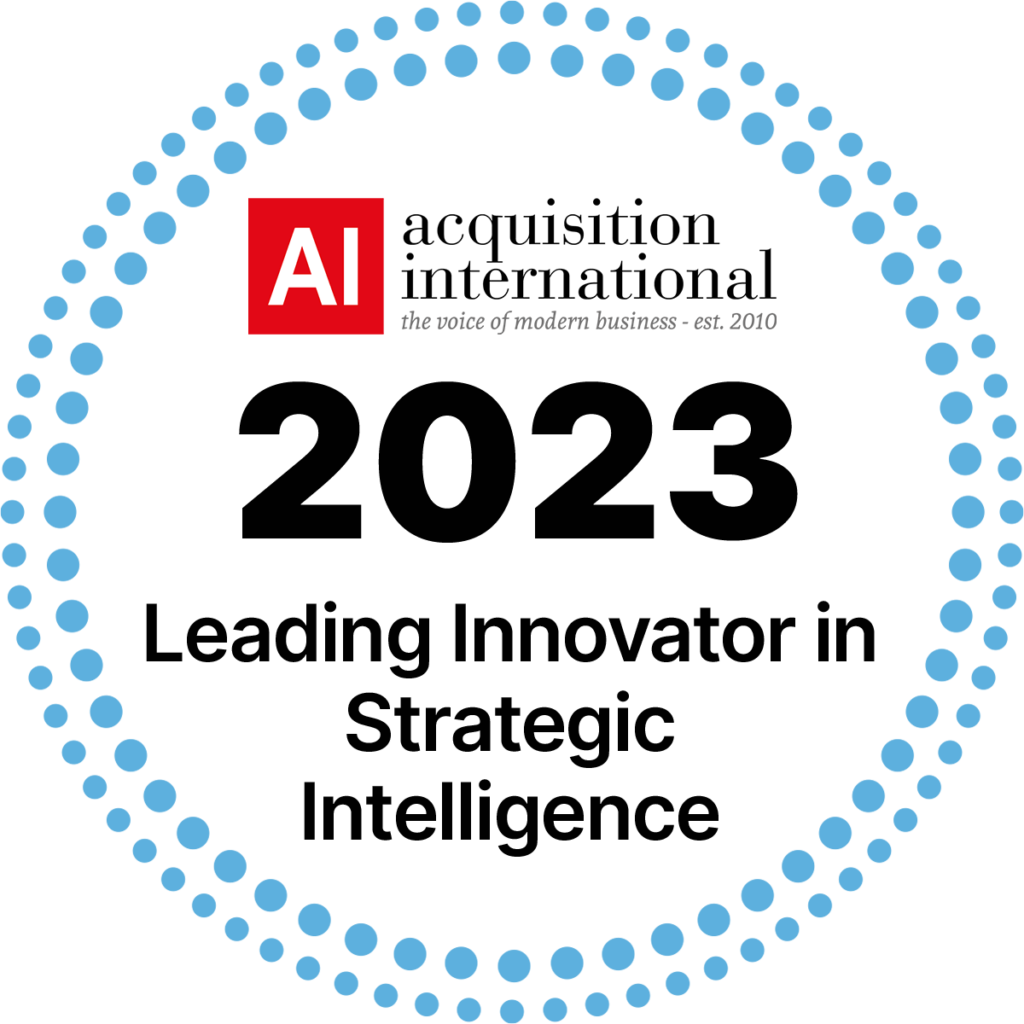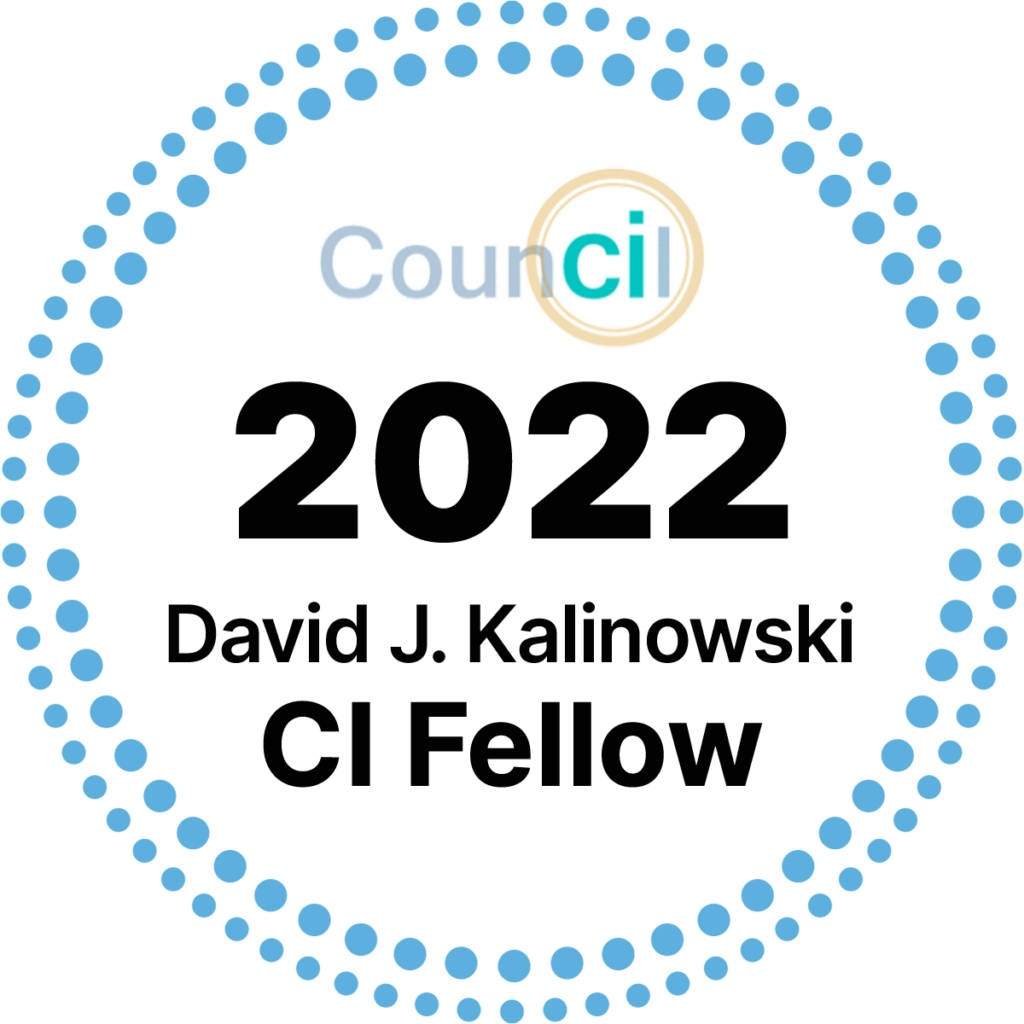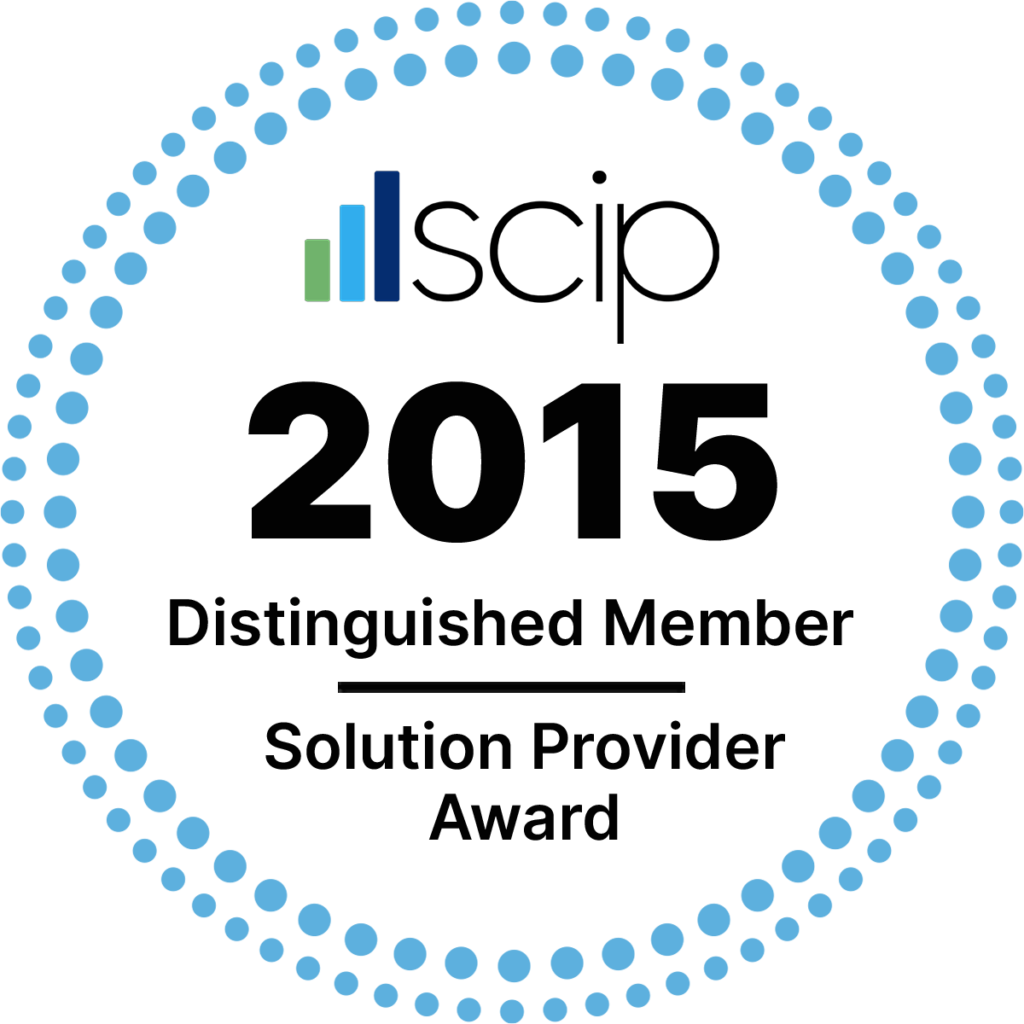Published: September 27, 2016
Walmart, the world’s largest brick-and-mortar retailer, recently purchased e-commerce site Jet.com for $3.3 billion. The deal expands Walmart’s online presence and marks the largest e-commerce acquisition in U.S. history.
Both Walmart and Jet have struggled to compete with Amazon, even as retailers’ online sales continue to grow exponentially. By acquiring Jet, Walmart gains access to the young company’s customer base, sleek portal and sophisticated pricing algorithms. The move is just one of Walmart’s initiatives aimed at boosting its e-commerce sales.
The trend
So why should this acquisition matter to consumer packaged goods (CPG) companies? Simply put, because it’s an inflection point. It’s noteworthy when the world’s largest retailer invests billions in a new online platform while also closing hundreds of physical stores.
In 2013, online purchases accounted for just 1% of CPGs’ total sales for packaged foods and 3% for non-food items. Future estimates skyrocket: online sales are estimated to comprise up to 30% of total CPG sales growth in the next five years, as millennials and mobile devices continue to fuel e-commerce sales.
CPGs must take note and proactively get ahead of this trend.
The warning
As the shift to online purchasing accelerates, now is the time to act. History shows that companies that fail to recognize and adapt to new trends lose out big to their nimbler competitors.
Consider Microsoft’s late arrival to the mobile space. Apple launched the iPhone in 2007; Google launched its Android handset in 2008. Five years later Microsoft finally joined the mobile revolution by purchasing Nokia for $7.2 billion. Investors roundly – and rightly – criticized the move as being too late. Unable to gain market share, Microsoft cut over 30,000 employees from its mobile teams over the ensuing years, effectively shuttering the division. The company’s failed attempt to catch up cost billions of dollars outright and likely billions more in missed opportunities.
While CPGs operate in a different industry, the warning is the same. Failing to quickly recognize and capitalize on changing trends can have devastating consequences.
What now?
Successful CPGs recognize the evolving landscape and are leveraging direct-to-consumer e-commerce channels. With Jet no longer a standalone alternative to Walmart and Amazon (and their draconian pricing agreements), here are six key questions for CPGs to ask:
1. What is Walmart’s next move with its changing e-commerce platform?
2. Should we deepen our partnerships with Amazon and Walmart to expand our online reach, with smaller profit margins as the trade-off?
3. Or should we double-down on partnerships with smaller retailers, where pricing is more favorable?
4. Which CPG company will make the next e-commerce move? What will it look like?
5. How will we sell directly to consumers online – through a homegrown sales platform or through a third-party portal?
6. How will we attract more millennials to our products and online portal?
As you ponder these questions and refine your e-commerce strategy, consider the following recommendations to boost online success:
1. Build strong account management teams for top online partners.
Industry-leading CPGs are four times more likely to create dedicated account management teams for their top online partners. So look to establish account teams in the cities where your key partners are based. This lets you strengthen relationships, respond quickly and coordinate strategic planning.
2. Create next-generation e-category management.
Top CPGs are revisiting how they manage online categories, with a keen focus on product assortment, pricing strategies and online marketing.
To deepen relationships, consider offering exclusive items only available via a partner’s website. For better promotion, press online partners to add your products to “favorites” lists, bundled deals and personalized landing pages influenced by the customer’s unique search and purchase histories. Also consider multi-channel marketing campaigns that include social media monitoring to glean insights about consumers’ preferences.
3. Establish a high digital quotient (DQ).
Fostering a high digital quotient takes effort and planning. Over 90% of online leaders fully integrate digital initiatives into their business strategy, and for good reason: companies with high DQ scores averaged a 42% total return to shareholders over the past five years, versus 16% for low-DQ companies.
If you haven’t done so already, ensure that your digital teams have the necessary budget, staffing and executive support to achieve your e-commerce strategy. Also emulate top tech companies by fostering a culture of thinking big, moving fast and being fearless when it comes to new ideas.
As the e-commerce space grows even more competitive, CPG companies cannot afford to be behind the curve. Gathering solid competitive intelligence can help you understand the landscape, find effective online sales channels and maximize your long-term success. In sum, these proactive efforts can help you get – and stay – Out in Front® of your competition.
REFERENCES
Alldredge, Kari; Newaskar, Puneet; Ungerman, Kelly (2015). The Digital Future of Consumer Packaged Goods Companies. McKinsey & Company.
http://www.mckinsey.com/industries/consumer-packaged-goods/our-insights/the-digital-future-of-consumer-packaged-goods-companies
King, Hope (2016). Microsoft’s Costly Bet on Nokia Will Mean More Job Losses Than Previously Expected. CNN Money.
http://money.cnn.com/2016/07/29/technology/microsoft-layoffs-july-jobs/
Peterson, Hayley (2016). See if Your Local Walmart is Shutting Down. Business Insider.
http://www.businessinsider.com/list-of-walmart-stores-closing-2016-1
Walmart.com (2016). Walmart Agrees to Acquire Jet.com, One of the Fastest Growing e-Commerce Companies in the U.S.
https://corporate.walmart.com/newsroom/2016/08/08/walmart-agrees-to-acquire-jet-com-one-of-the-fastest-growing-e-commerce-companies-in-the-u-s













